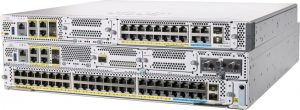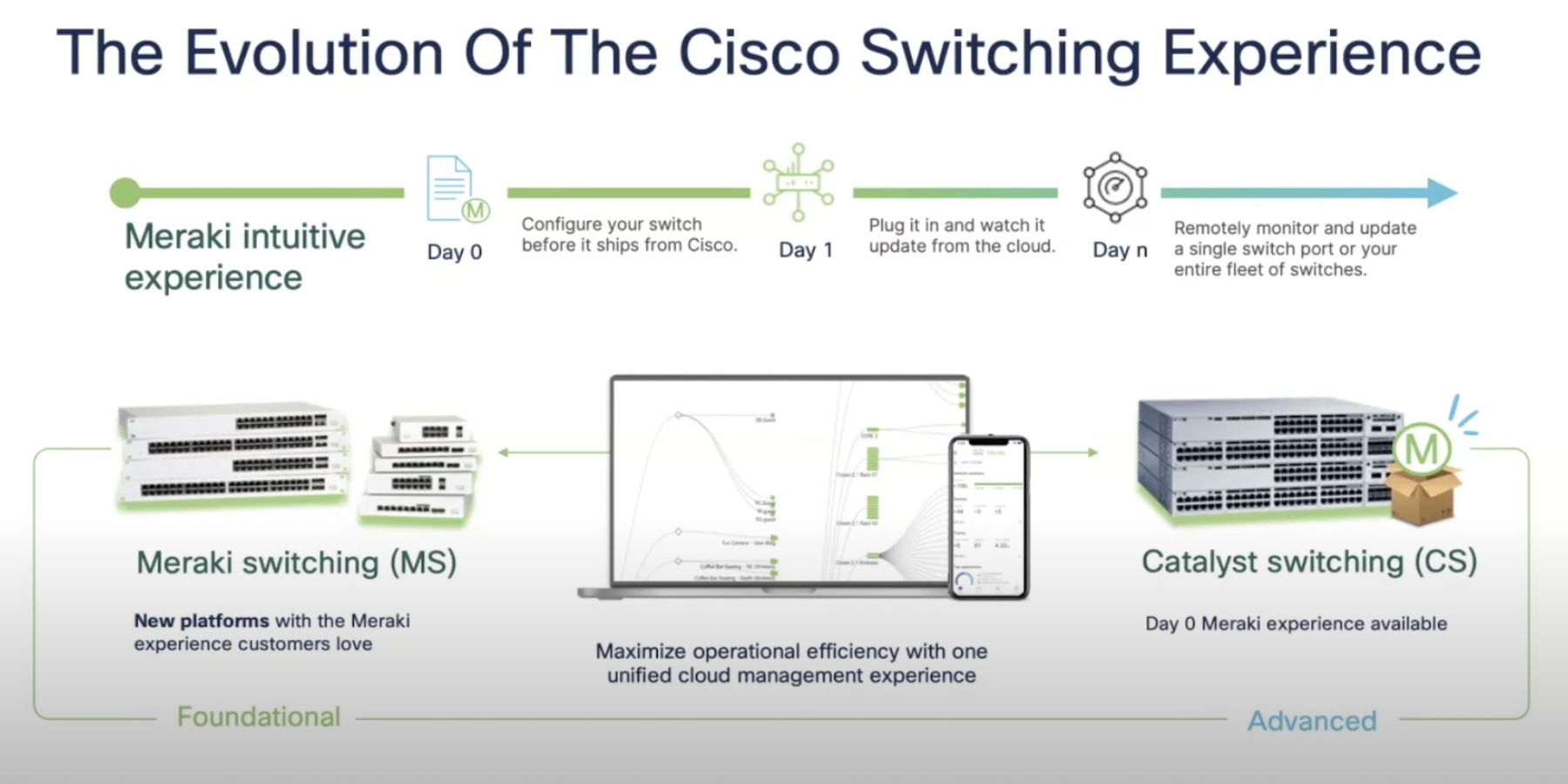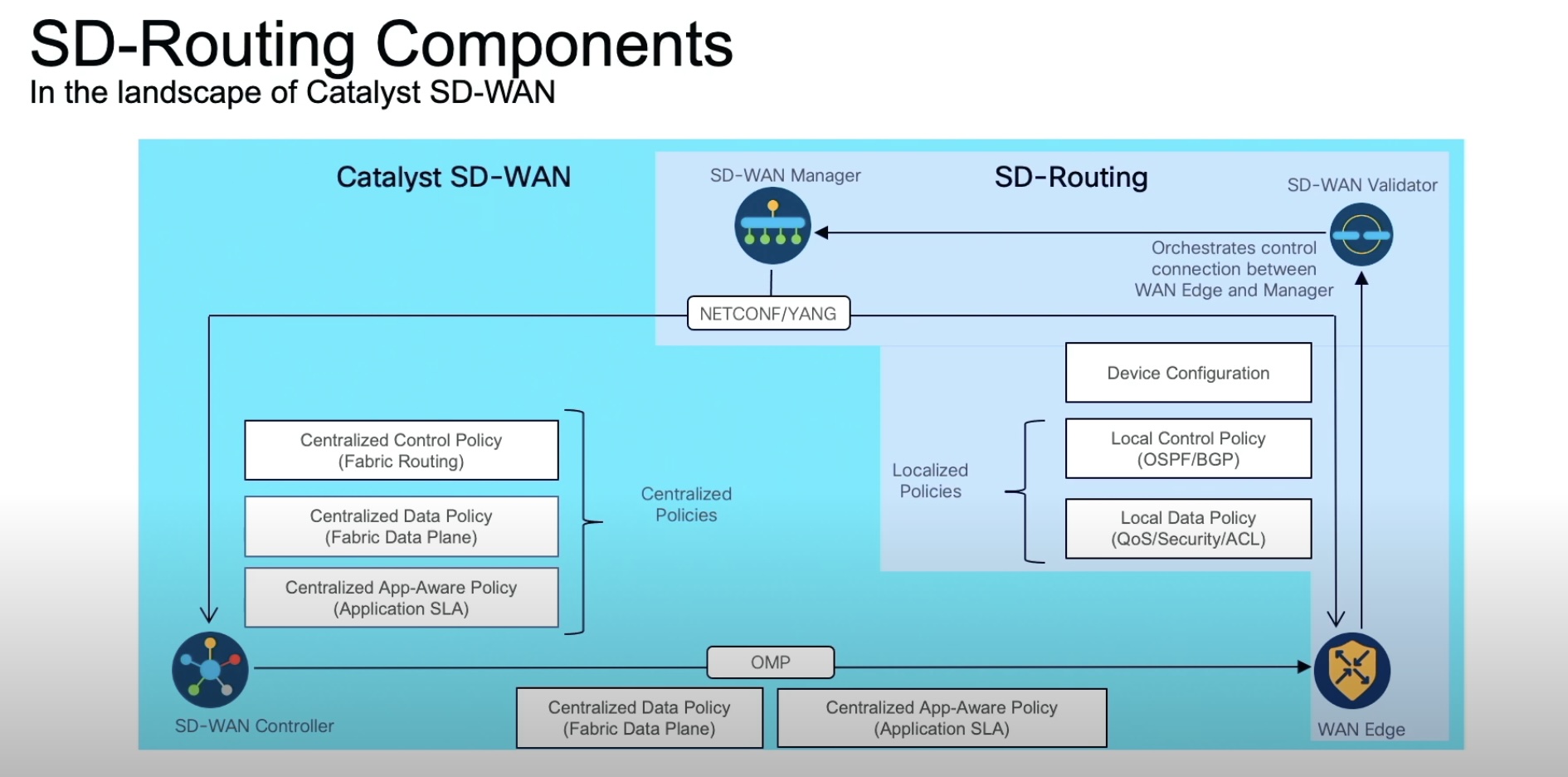SD-WAN is the technology that is trying to unify all corners of networking. The branch office, remote worker, and even the cloud are all coming together in solidarity with advanced enablement technologies like Secure Access Service Edge (SASE) to empower the workforce and operations teams at the same time.
Does that sound like a fantasy? Can you believe that a company is putting that much power into their devices? It wasn’t long ago that the idea of an edge device with networking and compute capabilities was far-fetched at best. Even companies like Cisco had a false start or two. The first was with the ISR 4000 series router. The ISR4K was Cisco’s attempt to move the platform away from being a dedicated networking device and start to introduce features that could benefit workers on the edge. The results worked but weren’t as widely adopted as hoped.
The second issue came with the integration of Viptela SD-WAN into the Cisco portfolio. The ISR routers could run a Viptela software load to leverage their SD-WAN capabilities, but it could not run Cisco’s flagship IOS-XE software simultaneously. You could do one or the other, but not both. Given these challenges, it was hard to see how Cisco could encourage users to adopt these flexible routers at the edge and convince users that the hardware was more than just a packet mover.
Unified Software Platforms
Luckily for the enterprise IT community, Cisco recognized the challenges and kept developing away. The second issue was the first that they resolved. Starting in IOS release 17.2, Viptela SD-WAN, now just IOS SD-WAN, and IOS-XE are a unified image that allows you to boot into whichever mode you want to boot into. No more fussing around with provisioning routers and cursing as you move back and forth between software images to change the way a device works.
The second issue with the router platform growing beyond a simplistic edge device was delivered in the Cisco Catalyst 8000 series edge devices. Note that these are not routers. These are full-featured edge devices. While it feels funny to type something other than the word ‘router’ after Cisco, the distinction is essential for the company’s future growth.

Routers are purpose-built devices with no flexibility. They can’t adapt to the changing landscape of software. They run fast and move packets but can’t do much else. What if you need an SD-WAN gateway at the edge of a branch? What if you want to include packet capture software on the device in the form of a container? These are all valid and critical use cases to operations teams today that can’t be served by a monolithic device running basic routing software.
Cisco has addressed these challenges with the Catalyst 8000 platform. These edge devices can run IOS-XE, IOS SD-WAN, or any flavor of container that you want. Their flexibility allows for all manner of software extensibility. Check out this great video from Tech Field Day 22 when Muhammad Imam presented and discussed the new devices:
Futureproofing The Network
If you are hoping that your legacy devices will keep chugging along for another few years and providing service to your user base, you might be in for a shock. The last year has demonstrated the need for flexible connectivity technologies to accommodate rapidly shifting workloads. A year ago, the deployment of SD-WAN was a stretch goal to have for users. The advent of a global pandemic and shifting more and more applications to the cloud has created a huge need for connectivity solutions that keep users secure and productive no matter which office they are working from today. If you thought scaling dozens of routers to meet your needs was a challenging project, imagine scaling hundreds or even thousands of them!

Cisco is moving away from box-by-box management that has historically been the preferred method for operations and administration staff and instead is embracing the idea of centralized provisioning. This allows you to manage classes of devices instead of snowflakes. You can provision new 8500 edge devices for your remote users and 8000V virtual routers in the cloud with the same dashboard. It allows you to make the best use of your resources and rapidly change them as needed to suit your workforce’s changing needs.
Bringing It All Together
Hardware isn’t dead. I hear people that tell me that software is the way forward in networking and that all our efforts need to focus there. Yet, software needs something to run on. We’re far removed from the days of custom silicon running proprietary monoliths for single-purpose use. Instead, new devices like the Cisco Catalyst 8000 give us a platform at the edge to create networks, deploy containerized software, and manage it all from a central location. No amazing software will work if the underlying hardware doesn’t have the flexibility to run all those new features. Cisco is making an excellent case for enterprise IT to upgrade their workhorses to something more capable of meeting the latest IT landscape challenges.
For more information about Cisco and the Catalyst 8000 series edge platform, make sure to check out their website at http://Cisco.com.




